
Olive & June Launches On Amazon In Push To Become The Nation’s No. 1 Nail Brand
Six months after completing its $240 million sale to Helen of Troy, Olive & June is launching on Amazon.
With roughly 1 million branded searches for Olive & June on Amazon last year, its arrival on the world’s biggest e-commerce platform is both a defensive and accessibility move. Amazon shoppers will have their pick of over 200 stockkeeping units from the brand, including $10 Mani Minimalist Instant Press-on Nails, $10 Super Stick Mani Press-on Nails and $50 Mani System Set, as well as value bundles and exclusive colors. It’s participating in the e-tailer’s invite-only Emerging Brands or Launchpad program that offers visibility and marketing support and access to Amazon’s Vine program facilitating reviews by sending products to trusted reviewers.
Sarah Gibson Tuttle, founder and CEO of Olive & June, says, “Because we’re the leading growth driver in nail in mass, Amazon has really worked with us extensively to make sure that we have a very smooth transition to the platform.” She adds, “We had scaled so much that we knew we had to be on it, but we are an accessible business. In order to be fully accessible, you have to be available to purchase.”
To fuel its Amazon business, Olive & June is doubling down on education with videos, infographics and tutorials aimed at empowering customers to DIY their nails at home, a less expensive alternative to nail salon services that could be particularly attractive as people are watching their budgets closely. It will be investing into paid media strategies across search, targeted display advertisements and affiliates to reach Amazon customers. Olive & June is working with Amazon growth agency Amiz.
“We’re always focused on high return on any investment placement that we make,” says Gibson Tuttle, who spent a decade working on Wall Street as an equity sales trader for JP Morgan and Morgan Stanley before launching Olive & June in 2013 with a Beverly Hills nail salon. “The idea is it should be gasoline on the fire, it shouldn’t be the fire. That’s another reason why you wait until you’re very well searched organically.”

Olive & June initially considered jumping into the Amazon fray in 2019 shortly after it launched its at-home nail product line, but concluded the timing wasn’t right. Prioritizing brick-and-mortar retail, the brand landed at Target, where it was exclusive from 2020 to early 2023. Gibson Tuttle says Olive & June is the top-selling nail brand at Target. After Target, it extended to Walmart, Walgreens and, most recently, CVS.
Olive & June isn’t alone in hopping on Amazon following a long wait to gauge the impact of Amazon availability on retail distribution and brand equity. Many of the Amazon holdouts in the beauty industry such as Clinique, Lancôme, Youth to the People, IT Cosmetics, Urban Decay and Giorgio Armani Beauty that have now signed on to Amazon are in the prestige beauty realm, where fears about Amazon’s low price environment have been particularly acute.
Outside of Amazon, Olive & June is sold in around 8,000 retail doors nationwide. Its nail polishes start at $7.50, and gels and press-on nails start at $10. Olive & June previously had three nail salons, which it shuttered. In 2024, according to Helen of Troy, owner of Vicks, OXO, Bed Head, Curlsmith and Hot Tools, the brand was projected to hit $92 million in sales through Target, Walmart, Walgreens and its direct-to-consumer channel.
In the three months ended Feb. 28, Helen of Troy reported in its quarterly conference call that Olive & June’s sales exceeded its expectations, that it’s growing at a rate above the nail category as a whole and is the No. 2 brand in the artificial nail segment. Sally Hansen is the No. 1 nail brand in the United States. As she shoots for the top spot, Gibson Tuttle is guiding Olive & June’s distribution to connect with omnichannel shoppers.
“The nail consumer buys in an ecosystem,” she says. “They’re not just loyal to one channel.”
Olive & June’s deal with Helen of Troy included a $15 million earnout subject to performance over three years and a standalone, but supported operating model enabling Gibson Tuttle to maintain her leadership position and the brand’s 39-person in-house team. Noting that the brand wasn’t necessarily looking for an exit, Gibson Tuttle cites the flexible operating model as a key reason Olive & June decided to join Helen of Troy.
To make the deal, she says, “It had to support us on our journey to become the No. 1 nail brand in the world.” Referring to Helen of Troy, she continues, “The support has been incredible, but we also get to make our own decisions, and I’m still fully running the company. I don’t have a contract to be here. It’s definitely not the norm for acquisitions.”
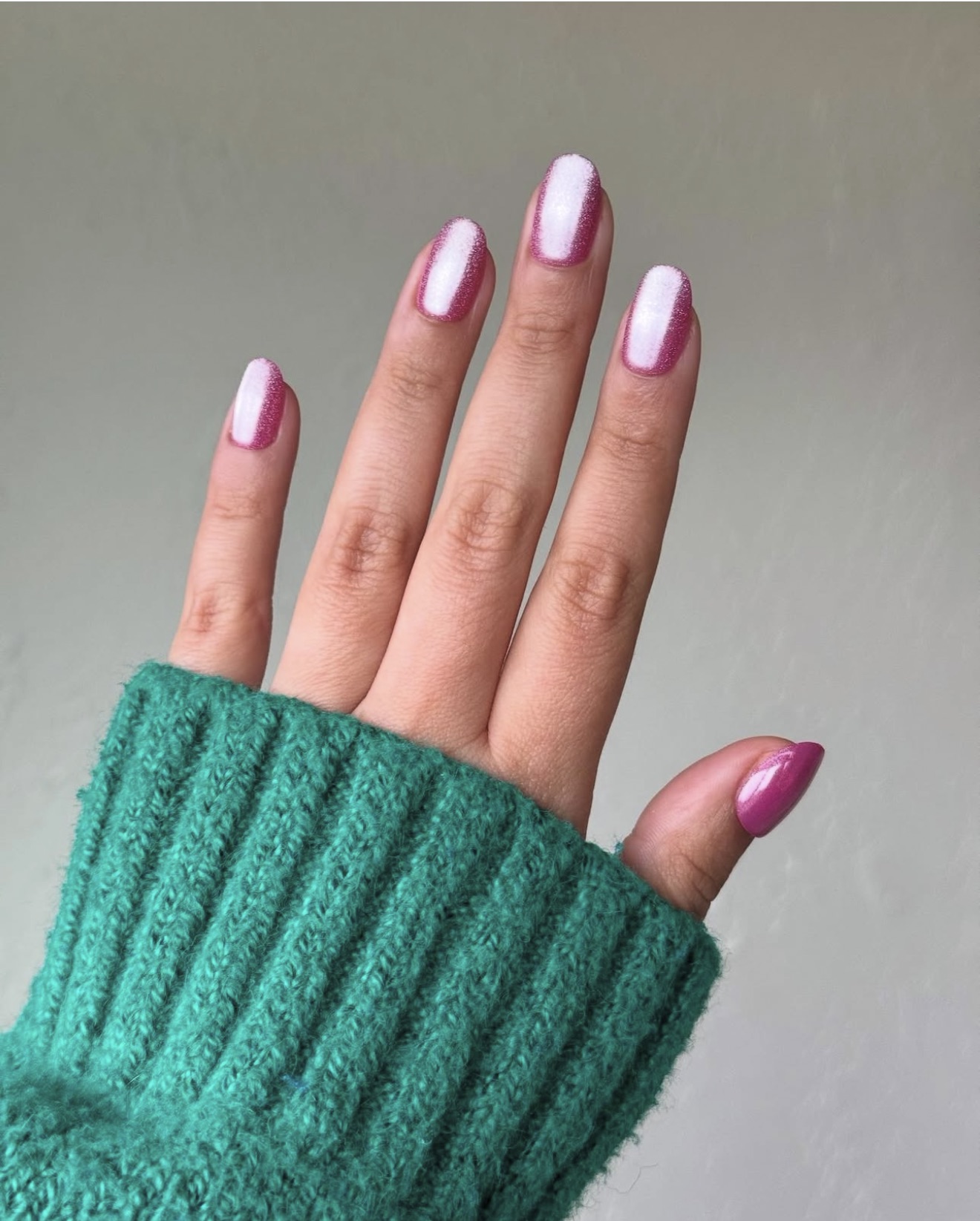
Helen of Troy could use some of Olive & June’s tailwinds. The company’s revenues decreased .7% year-over-year to $485.9 million in the three months ended Feb. 28. It attributed the slip to a decline in hair appliance, home and outdoor sales. Consolidated net sales revenue for the full year declined by 4.9% to $1.9 billion. Gross profit margin improved for the full year, while operating margin dropped.
As she scans the beauty landscape, Gibson Tuttle predicts that beauty dealmaking will continue to be choppy despite Touchland, Rhode and Medik8 recently transacting in rapid succession as economic and tariff uncertainty hold back buyers. Although valuations are coming down overall, she believes brands on the market that haven’t achieved exits yet could become pricier.
“What’s going to end up happening is people are going to have to pay more for these businesses because they’re going to be bigger and more profitable than ever,” says Gibson Tuttle. “If I was a strategic, I would be looking at those brands now because ultimately they have a lot of cash and they’ve been on the sidelines for a long time. Innovation is coming from independent brands.”
Gibson Tuttle advises brand founders striving for an exit to pin down exactly what they want out of a process before getting in too deep and know their financials on a granular level. “When you get into a process of any kind, you’re delivering monthly numbers against an estimate,” she says. “So, you really have to understand your numbers down to weekly and monthly levels. A lot of founders are not overly concerned about that because there’s normally so much fluctuation.”

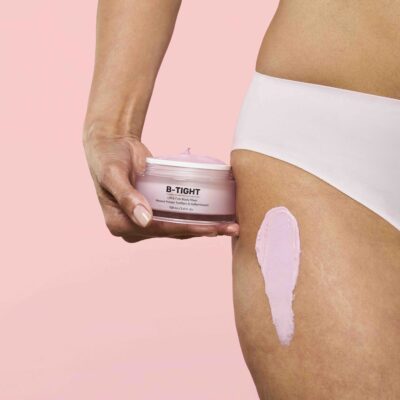
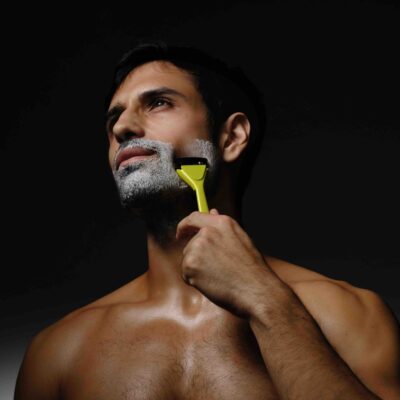
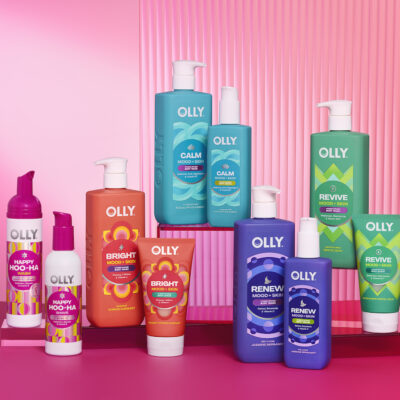
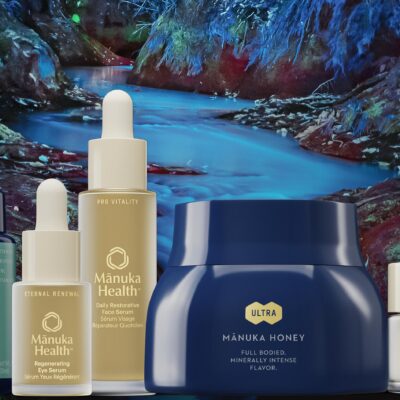
Leave a Reply
You must be logged in to post a comment.